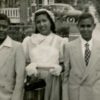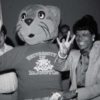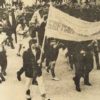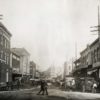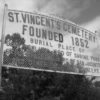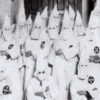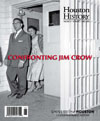The Dawn at My Back: Memoir of a Black Texas Upbringing explores what it means to grow up in a racist society. It describes the injustices endured daily and vividly paints a picture of the pain they carry with them. Blue’s story demonstrates the power of racism to rip families apart, even as one consciously […]
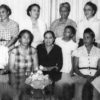

 Follow
Follow